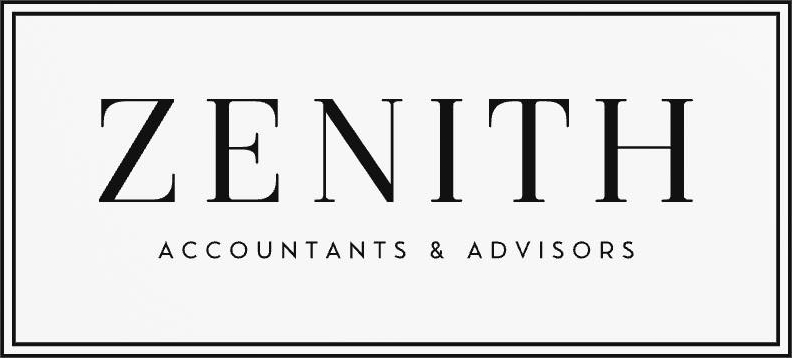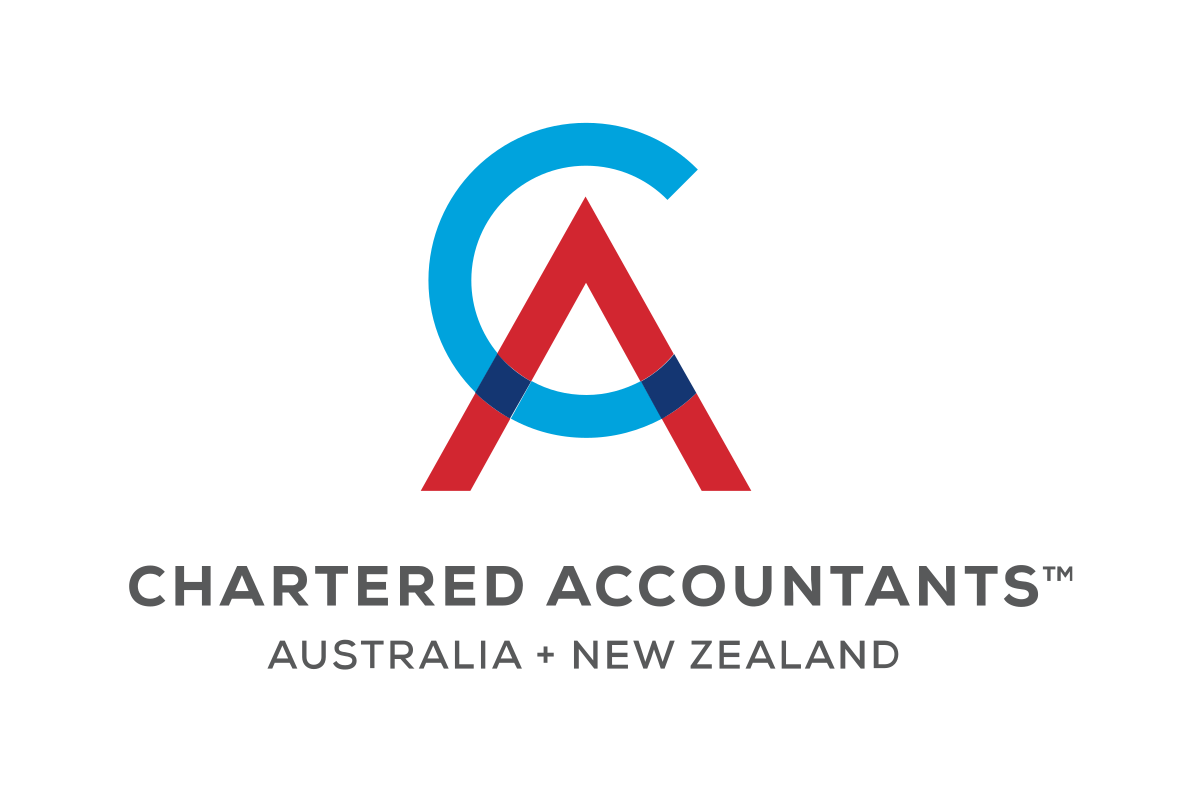What is Fringe Benefits Tax (FBT)?
Fringe Benefits Tax (FBT) is a tax paid by an employer on benefits that are provided to an employee or an employee's connections, such as family members.
Unlike income tax, which is paid by employees, FBT is paid by the employer.
The concept of FBT ensures that benefits provided to employees are taxed in a manner similar to salary and wages.
How Fringe Benefits Tax Works
FBT is calculated on the taxable value of the fringe benefits provided.
The ATO imposes specific rules to determine this taxable value, which varies depending on the type of benefit.
It's the responsibility of employers to assess and understand their FBT liability and lodge a return for that FBT year (1 April - 31 March).
The tax is separate from income tax and is calculated on the grossed-up taxable value of the benefits provided.
What is Considered a Fringe Benefit?
A fringe benefit is a 'payment' to an employee but in a different form than salary or wages.
Examples include providing a company car for private use, paying an employee's gym membership or covering school fees.
These benefits, forming part of an employee's remuneration package, are subject to FBT.
What is Not Considered a Fringe Benefit?
Not all benefits are considered fringe benefits for FBT purposes.
Exempt fringe benefits, such as certain work-related items like mobile phones used primarily for work, are not subject to FBT.
Understanding what is an exempt benefit is crucial for employers to manage their FBT obligations effectively.
Understanding FBT
FBT is a complex area of tax law, involving various types of fringe benefits, each with its own rules for valuation and reporting.
The total taxable value of fringe benefits provided must be calculated each FBT year, which then determines the FBT liability.
Employers who pay fringe benefits tax can claim the expense as a deduction.
Who Receives Fringe Benefits
Employees typically receive fringe benefits as part of their employment package.
These benefits can range from private use of a company car to entertainment expenses. The benefits can extend to an employee's associate, such as a family member, under certain conditions.
Who Pays Fringe Benefits Tax?
The employer is responsible for paying FBT. This responsibility extends to covering the tax on benefits provided to an employee or their associate.
The tax paid is separate from the employee's income tax but is based on the taxable value of the fringe benefits provided.
How Much FBT Are You Required To Pay?
The amount of FBT an employer must pay varies.
It's calculated based on the taxable value of the fringe benefits provided and is subject to a gross-up rate, which ensures the tax payable reflects the highest marginal tax rate, including the Medicare Levy.
What Can Employers Claim?
Employers can claim tax deductions for the cost of providing fringe benefits and the amount of FBT paid.
Certain minor benefits (small, infrequent and irregular benefits) or exempt benefits (like specific work-related items), may not attract FBT.
Can Fringe Benefits Reduce Tax?
Fringe benefits can be used in salary sacrifice arrangements, potentially reducing an employee's taxable income and the employer's payroll tax and superannuation obligations.
However, these arrangements must be carefully structured to comply with ATO guidelines.
What is a Reportable Fringe Benefits Amount (RFBA)?
The reportable fringe benefits amount is the grossed-up taxable value of certain fringe benefits exceeding a specific threshold, which must be reported on an employee's payment summary.
This amount can affect the calculation of government benefits, child support payments and other obligations.
Conclusion
FBT is a complex aspect of taxation for Australian employers, requiring careful consideration of the benefits provided, their taxable value and the resulting tax obligations.
Employers must stay informed about their FBT liabilities, exemptions and the potential impacts on their overall tax position.
Understanding and effectively managing FBT can lead to more efficient tax planning and employee remuneration strategies, benefiting both the employer and the employee.
If you need help navigating Fringe Benefits Tax, book an appointment with Zenith Accountants & Advisors on the Gold Coast.
Our
business
accountants will help you understand what classifies as a fringe benefit, what is the reportable fringe benefits amount and how to ensure compliance with the Australian Taxation Office.
Written By Tom Thynne
Tom is the director of Zenith Accountants & Advisors. With over seven years of public practice experience, Tom can see what it takes to make a business successful. Tom is a Chartered Accountant, Financial Planner, Registered Tax Agent and Certified Advisor in QuickBooks Online and Xero.









